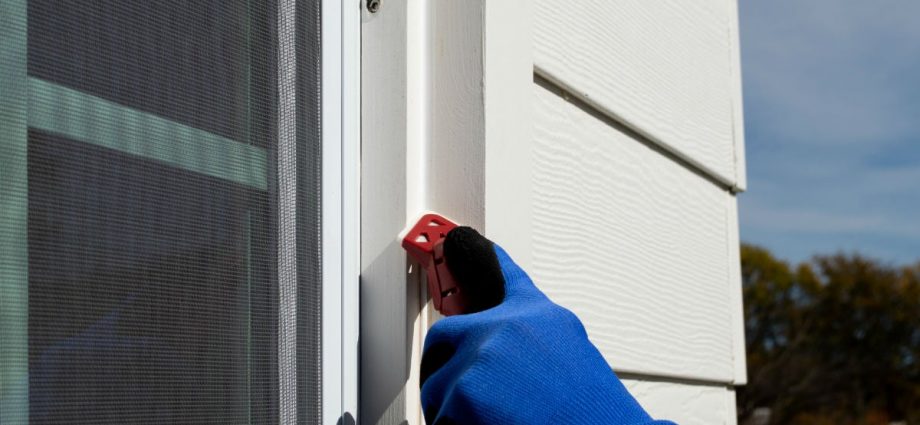When you install new windows, window caulk is installed around the perimeter to prevent air and water leakage. However, as your home settles, your window caulk can crack or fail to seal properly, allowing water to get in and compromising the integrity of your home. Here are some tips for repairing your window’s caulking and keeping it in good shape for as long as possible. Ensure that you have the right equipment and know-how to do it yourself.
First, remember to apply caulk to all of the exterior surfaces of your home, including the exterior windows. The caulk on your windows is the first line of defense against the elements and can prevent a draft or leak in your home. Poorly applied caulk can affect the aesthetics of your property. It can also cause a fog to form on your windows, indicating that the sealant has failed. And if you have a cracked window, you could lose a great deal of heat from your home, so you should fix it as soon as possible.
When it comes to caulking, the type of window you have can make a difference in the quality of the repair. For example, vinyl and fiberglass are both stronger materials than wood and have different maintenance needs. As a result, you’ll need different kinds of caulk to ensure that your windows are well-protected. To determine which type of window you have, check the manufacturer’s guidelines and follow their recommendations.
Once you have repaired a window’s caulking, you can apply new caulk to the area. Before caulking, it’s important to clean the surface. You should wait for a few hours to allow the caulk to dry before applying it to another area. It is important to clean all joints and surfaces around the window. A freshly caulked window will provide better insulation and prevent air from escaping.
When it comes to window caulking repair, you should start with a thorough cleaning. Ensure that there are no gaps or bubbles between the window’s frame and the wall. If the caulk has shifted, you should apply a new layer. If the caulk is still too thick, you may need to hire a professional. A professional will use a putty knife to clean the space and avoid damage.
Ensure that your window is completely sealed. During winter, water can leak through caulk and damage the plaster. This can cause peeling paintwork and bubbles. Wind and rain can also cause caulking failure. In light showers, the upper portion of the window frame can be vulnerable. Regularly inspect the area around your window to see if you have a problem with the caulk. You should also check the sealant on the frame of the window to make sure that it’s in good condition.
If you need internal or external caulking in Melbourne, IB Caulking team should be the first one you call. We are one of the city’s most trusted caulking specialists and will be able to deliver an affordable and effective caulking solution every time.

